Walking the Dingle Way. The Dingle Way is an enchanting trek in the Dingle Peninsula, in Ireland. This is a rare slice of Ireland where Gaelige (Gaelic) is still spoken, century-old crofts huddle below the mountains, and where you can find ancient sites scattered across a sparsely populated area.
The Dingle Way is located along the shoreline of the westernmost point in mainland Ireland and is situated north of the Kerry Way and the Beara Way. This breathtaking trail guides you through stunning archeological sites, surrounded by coastal and mountain scenery. If you are looking for a trekking adventure in Ireland, the Dingle Way is a great option!



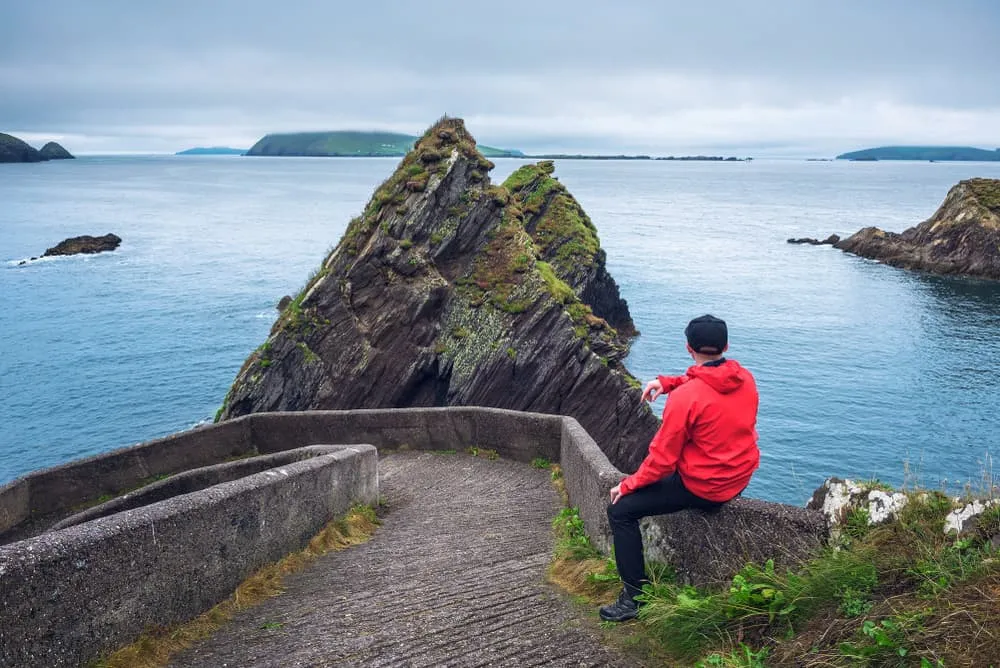


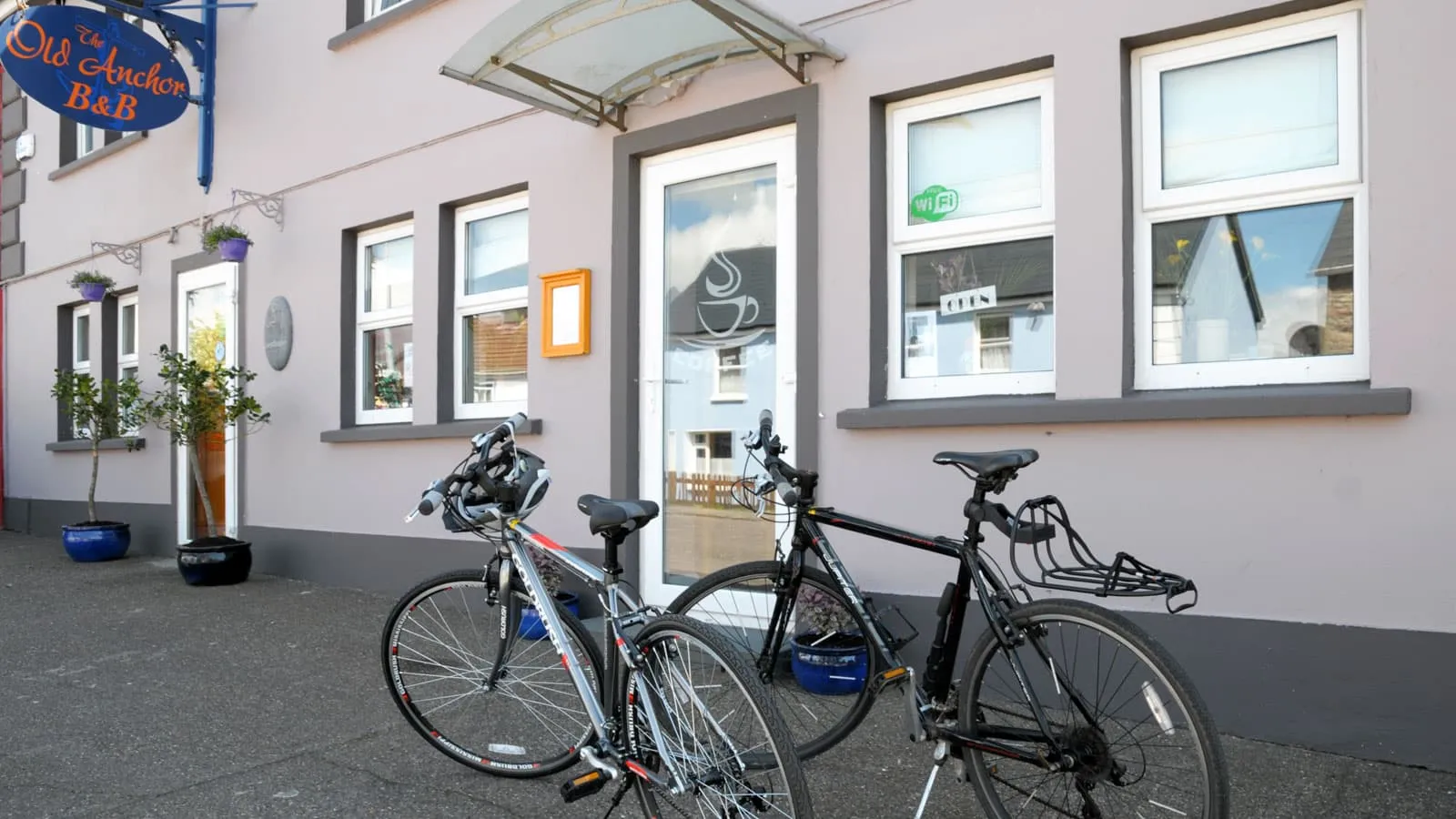

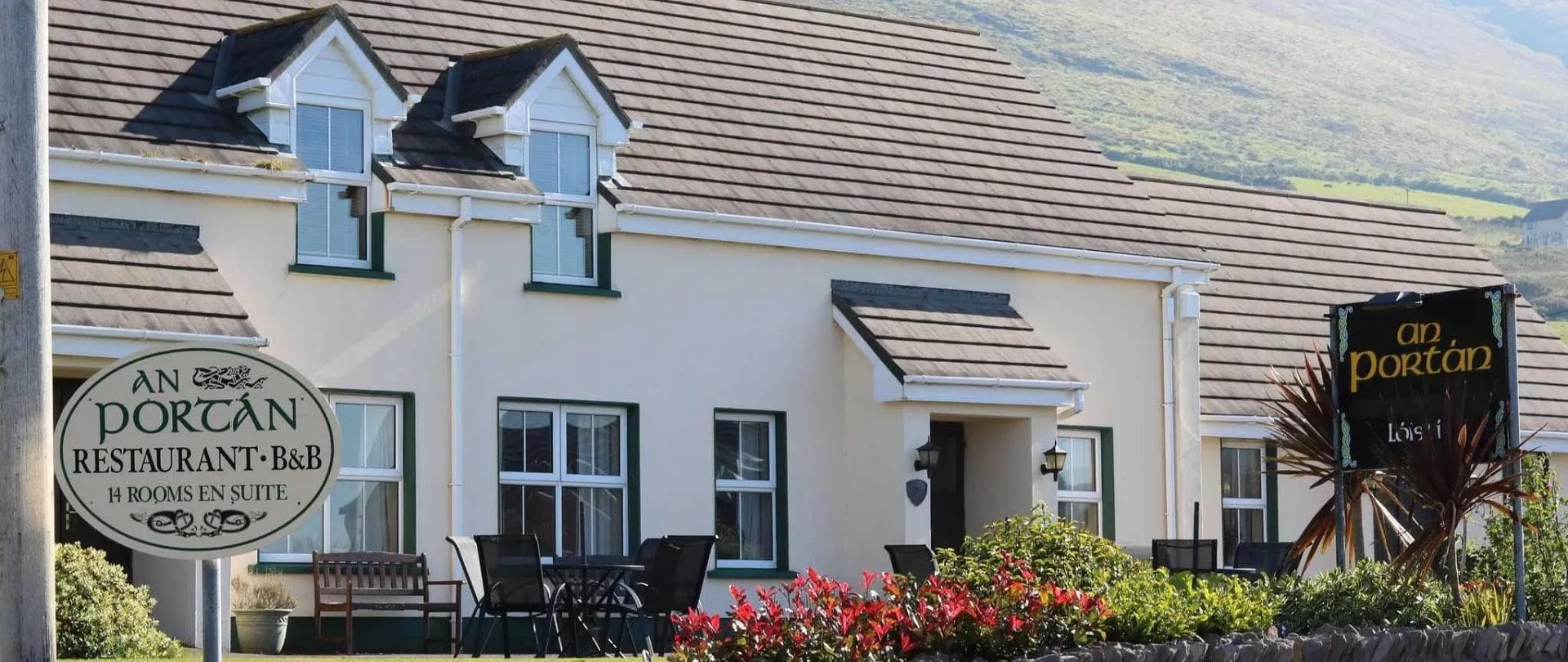
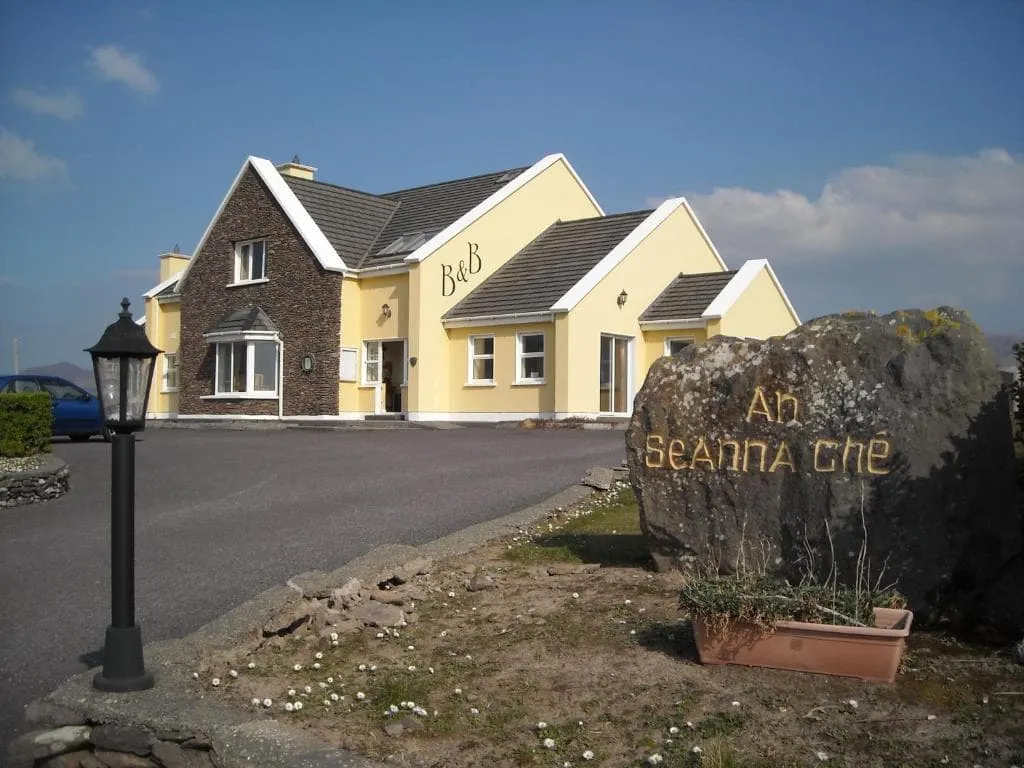
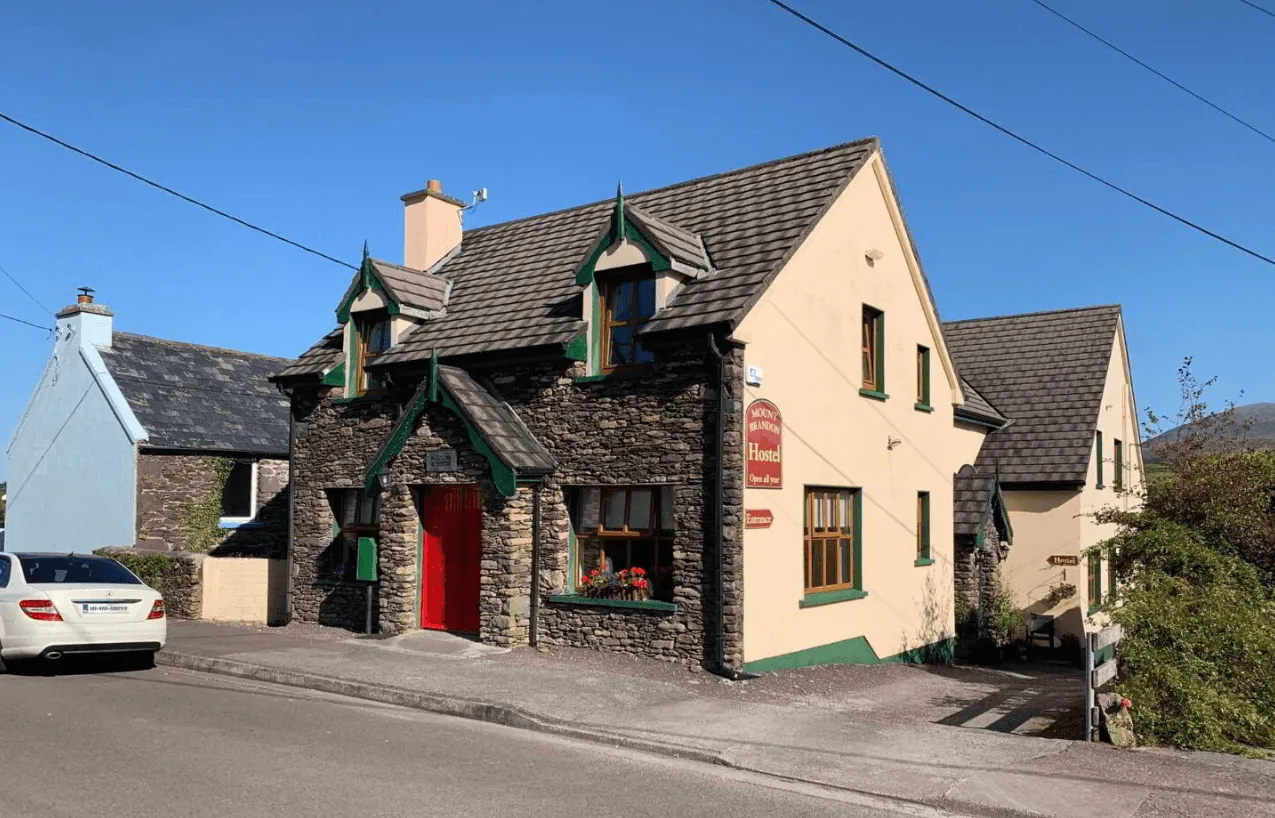
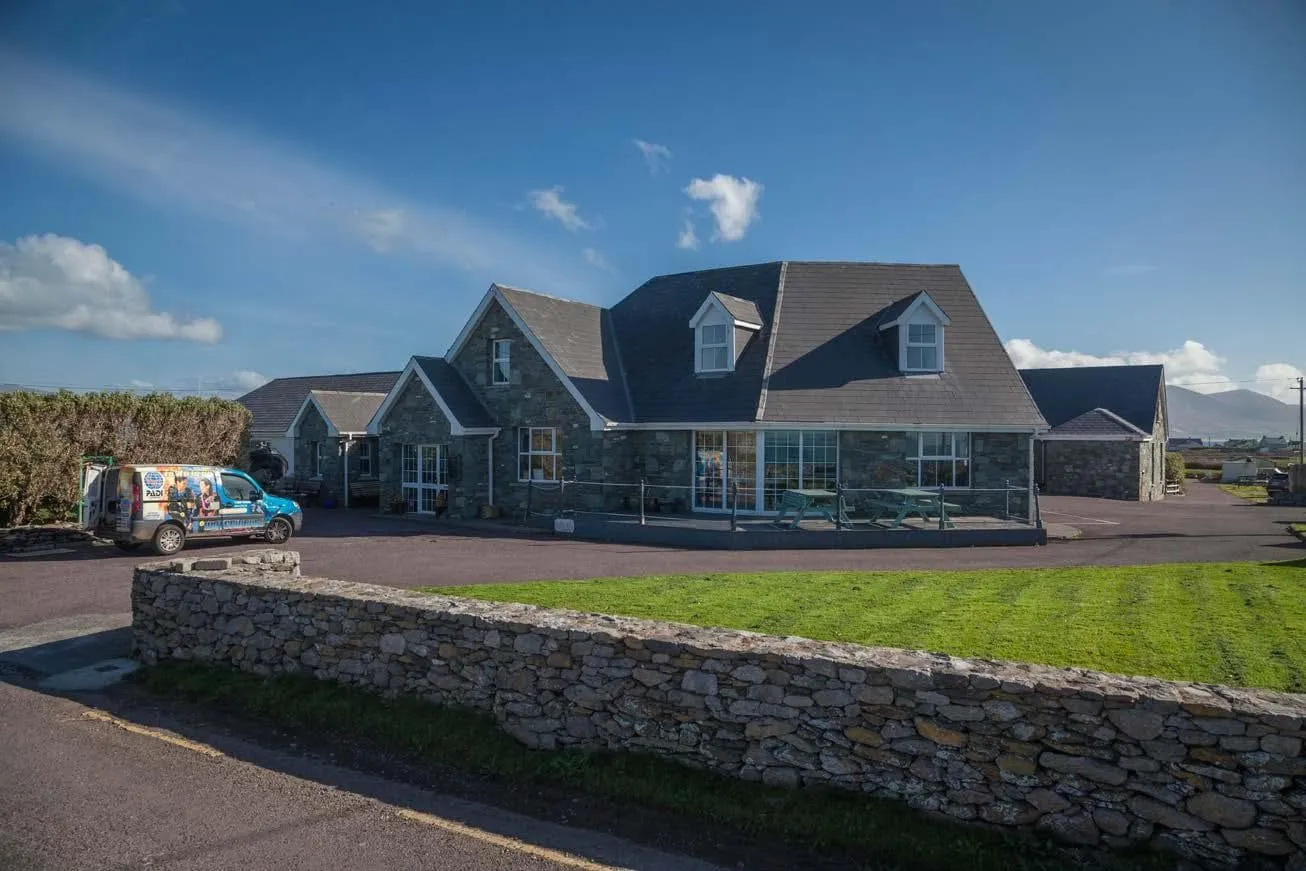

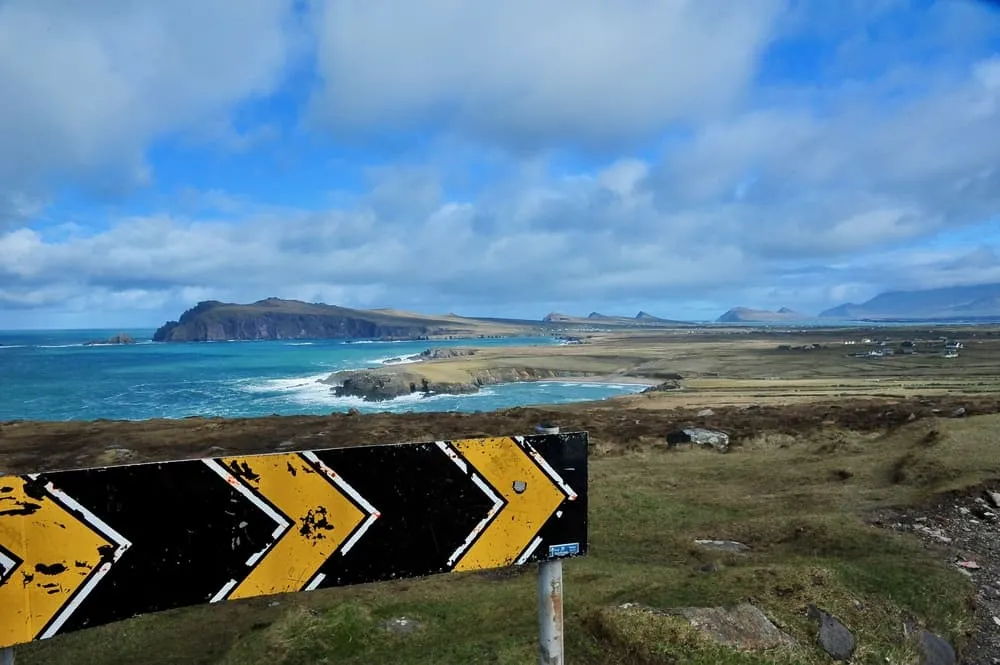


Comments